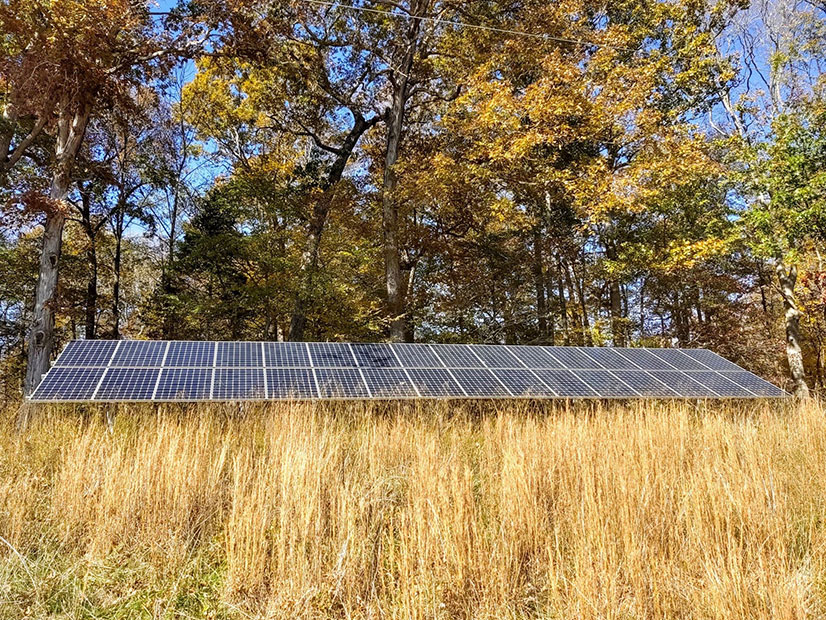MISO on Monday said that it will skip over the participation of small distributed energy resource aggregations in its FERC Order 2222 compliance plan in order to simplify the market design.
RTO staff presenting at a workshop on DERs said MISO faces a daunting market software transition if it fully accommodates the 0.1-MW minimum aggregation size outlined in Order 2222. Instead, aggregations under 1 MW will have to self-commit in the markets in order to participate.
But they also said its plan will not impose a maximum size threshold on any individual DER within an aggregation.
To facilitate participation of DER aggregations in its markets, MISO plans to combine its existing dispatchable intermittent resource and electric storage resource participation models. The dispatchable intermittent resource type is well suited for DER aggregations with variable energy outputs, the RTO said, while the storage definition works for groupings with flexible capabilities. MISO is unlikely to make “substantial changes” to the existing definitions.
In relying on those models, MISO won’t change its market optimization engines to establish a 0.1-MW size limit, arguing that Order 2222 doesn’t “require all existing participation models to accommodate 0.1-MW” aggregations.
Reaction varied, with some stakeholders calling the size limit reasonable in the short term and others saying the self-commitment piece may become a barrier to the full participation of small aggregations.
MISO Market Design Adviser Bill Peters said the RTO will re-evaluate whether the self-scheduling of small aggregations “continues to be appropriate” in the future.
“Prior to significant software changes to implement [a] 0.1-MW minimum size, MISO is open to looking into interim solutions,” the grid operator said.
Peters said using MISO’s existing market models will “minimize complexity, minimize implementation costs and minimize time to build” software. He said MISO is trying to “strike a balance” between respecting DER aggregations’ capabilities and curbing its own administrative costs.
In early spring, the grid operator also decided it would be easier to limit a DER aggregation to a single elemental pricing node in its markets. (See MISO Wants Single Pricing Point for DER Aggregations.)
DER Program Director Kristin Swenson said the RTO will be ready to present stakeholders with a “filing framework” by early June. “I don’t mean to imply that by June we’ll have a complete filing,” she clarified.
FERC has agreed to extend the deadline for MISO’s Order 2222 compliance plan from mid-July to April 2022.
Swenson said MISO and its stakeholders have to ponder “what if” conversations around Order 2222, such as what happens if a regulatory authority approves an aggregation for a traditional calendar year, but the same aggregation clears in the MISO capacity market, in which a capacity year begins June 1 and ends May 31.
Stakeholders also asked how MISO will treat the more fluid capabilities of electric vehicle fleets.
“The charging infrastructure is likely not to move … and could be demonstrated at a single [pricing] node,” Swenson said. “How might an aggregator pull that together and represent that to the grid? … It’s an evolving use case.”


